Table of Contents
What is Dill Weed Herb?
Dill weed herb, also known as dill, is a delicate and aromatic herb that belongs to the parsley family. It's commonly used in many cuisines around the world, from Eastern European to Mediterranean and even Indian. The plant has feathery green leaves and small yellow flowers, but it's the leaves—often called dill weed—that are most prized in cooking.
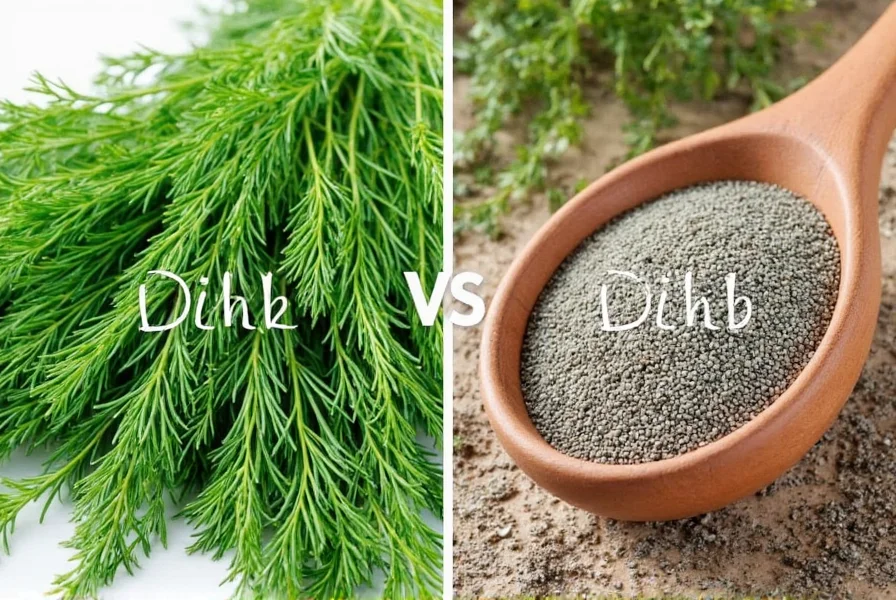
Despite its mild appearance, dill has a strong and distinct flavor that can transform any dish. Whether you're making pickles, soups, or sauces, dill is a go-to ingredient for adding a fresh, slightly tangy, and herbal note.
The Flavor Profile of Dill Weed
If you've ever tasted dill, you know it's not like other herbs. It has a unique combination of flavors—slightly sweet, citrusy, and earthy. Some describe it as a cross between fennel and anise, but it's much milder and more subtle than either.
Its aroma is also quite distinctive. When you crush a leaf, it releases a bright, almost grassy scent that's both refreshing and inviting. This makes it perfect for dishes that need a touch of freshness without overpowering other ingredients.
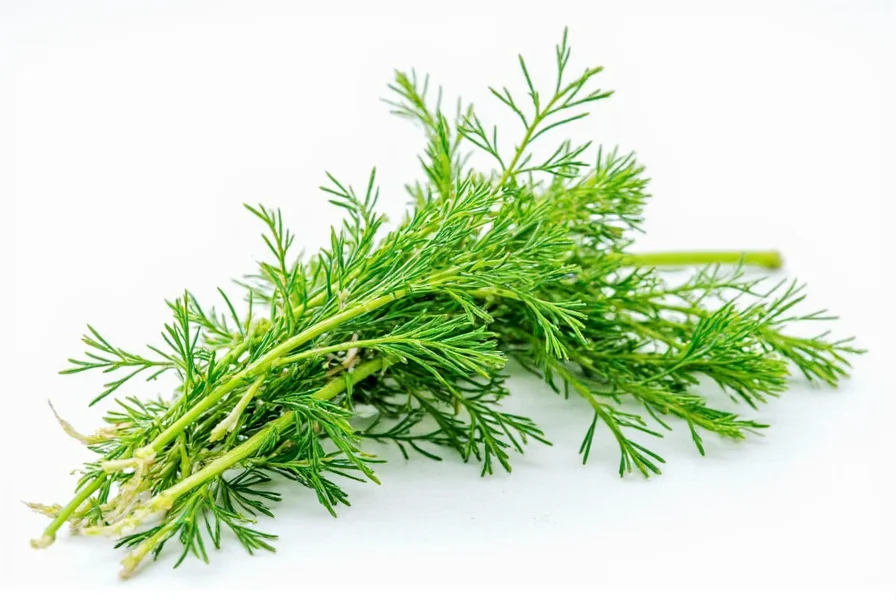
The key thing to remember about dill is that it doesn't hold up well to heat. If you cook it for too long, it loses its vibrant flavor. That's why it's often added at the end of cooking or used as a garnish.
Essential Cooking Tips with Dill Weed
Here are some practical tips to help you make the most of dill weed in your kitchen:
- Add it at the end: As mentioned, dill is best used fresh and added toward the end of cooking to preserve its flavor.
- Use it in dressings and dips: Dill pairs beautifully with yogurt-based dips, sour cream, and vinaigrettes. It adds a nice brightness to creamy textures.
- Pair it with seafood: Dill is a classic companion to fish and shellfish. Try it in salmon recipes, shrimp cocktails, or even in a simple poached egg on toast.
- Make a dill tea: Yes, you can drink dill! Brew a cup of dill tea by steeping fresh or dried dill in hot water. It's soothing and great for digestion.
- Experiment with combinations: Dill works well with garlic, lemon, onions, and potatoes. Don't be afraid to mix it with other herbs like parsley or chives for extra depth.
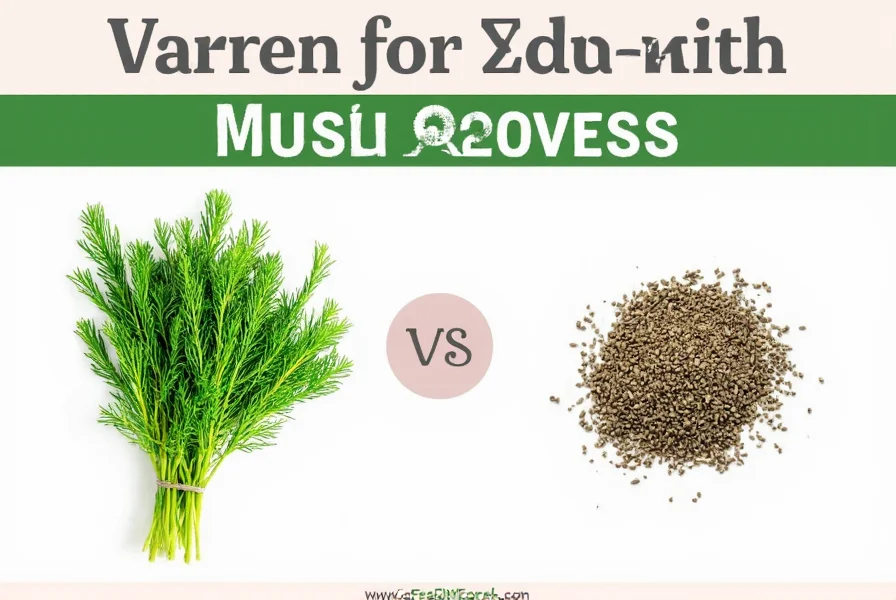
One of the easiest ways to use dill is in salads. Add a handful of fresh dill to your favorite green salad for a burst of flavor. It also works well in potato or egg salads, where it adds a light and refreshing taste.
Buying Guide: How to Choose the Best Dill Weed
When buying dill, whether fresh or dried, there are a few things to look for to ensure you get the best quality:
- For fresh dill: Look for bright green leaves with no signs of wilting or yellowing. The stems should be firm and not limp.
- For dried dill: Choose a brand that uses high-quality, organic dill. Check the packaging for a clear expiration date and ensure the product is stored in a dark, airtight container to preserve its potency.
- Consider your usage: If you're using dill frequently, dried dill might be more convenient. But if you want maximum flavor, fresh dill is the way to go.
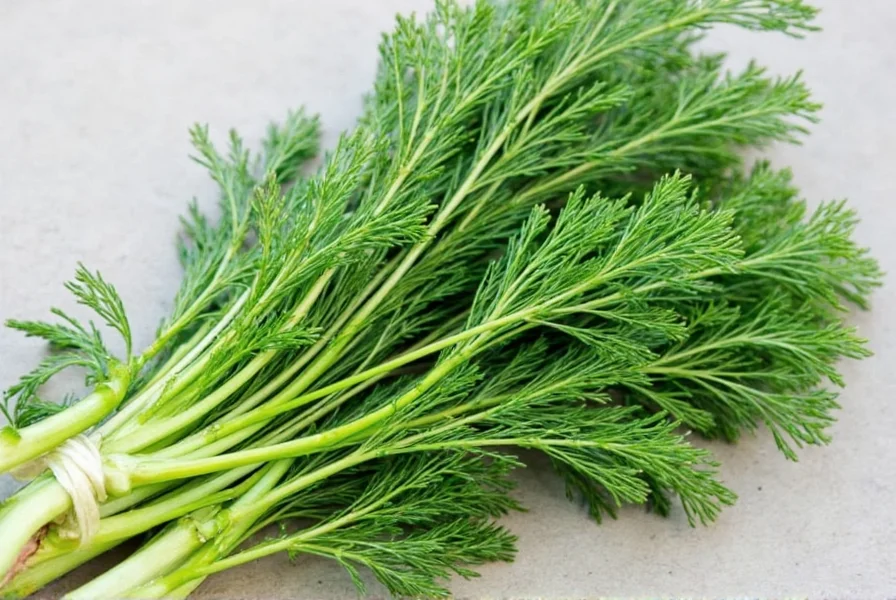
There are several types of dill available in the market. Some popular varieties include:
- Common dill (Anethum graveolens): The most widely used variety, known for its sharp, citrusy flavor.
- French dill: Slightly milder than common dill, often used in delicate dishes.
- Double dill: Known for its compact growth and higher yield, ideal for home gardeners.
Whether you're a seasoned chef or a home cook, choosing the right type of dill can make all the difference in your dishes.
A Comparison Table: Fresh vs. Dried Dill
| Feature | Fresh Dill | Dried Dill |
|---|---|---|
| Flavor Intensity | Strong and vibrant | Milder and more concentrated |
| Storage | Refrigerator, lasts 5–7 days | Cool, dry place, lasts 6–12 months |
| Usage | Best for garnishes, dressings, and final additions | Good for baking, slow-cooked dishes, and seasoning blends |
| Cost | Usually more expensive | More affordable and longer-lasting |
| Texture | Crunchy and tender | Dry and brittle |
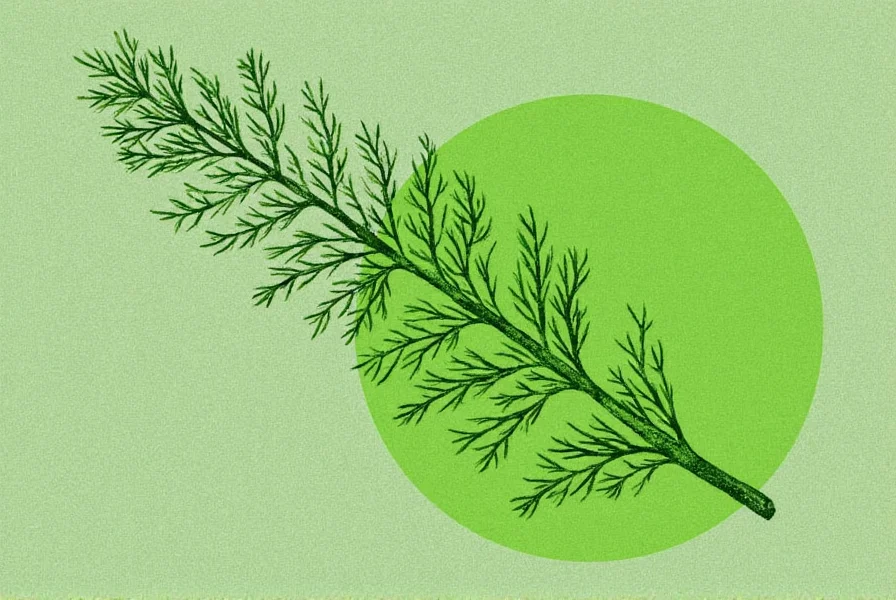
This comparison table highlights the differences between fresh and dried dill so you can choose the best option based on your needs and recipe requirements.
Simple Recipes to Try with Dill Weed
Ready to experiment with dill? Here are a few easy recipes to get you started:
1. Dill Yogurt Dip
A quick and tasty dip made with plain yogurt, chopped dill, garlic, and a splash of lemon juice.
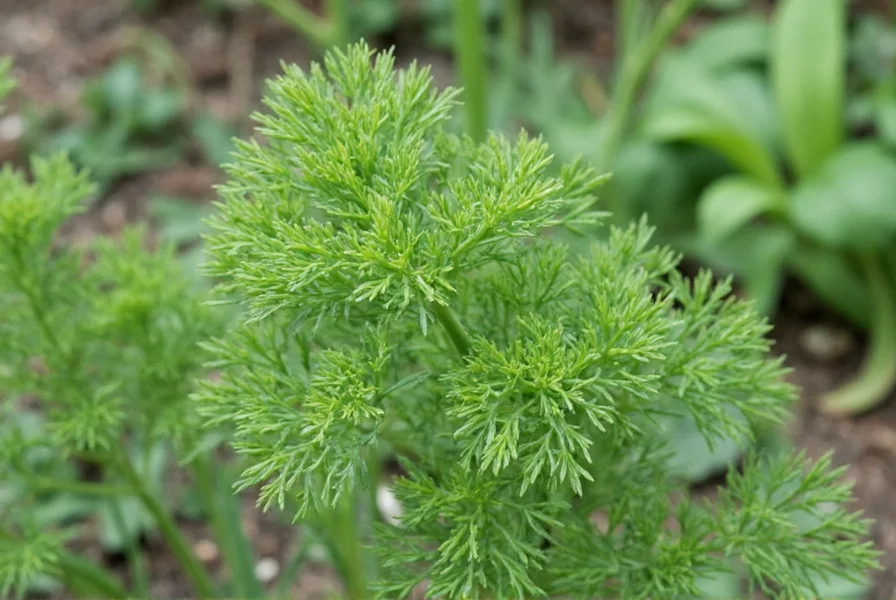
2. Dill Salmon
Season a fillet of salmon with dill, lemon, and olive oil, then bake until flaky and golden.
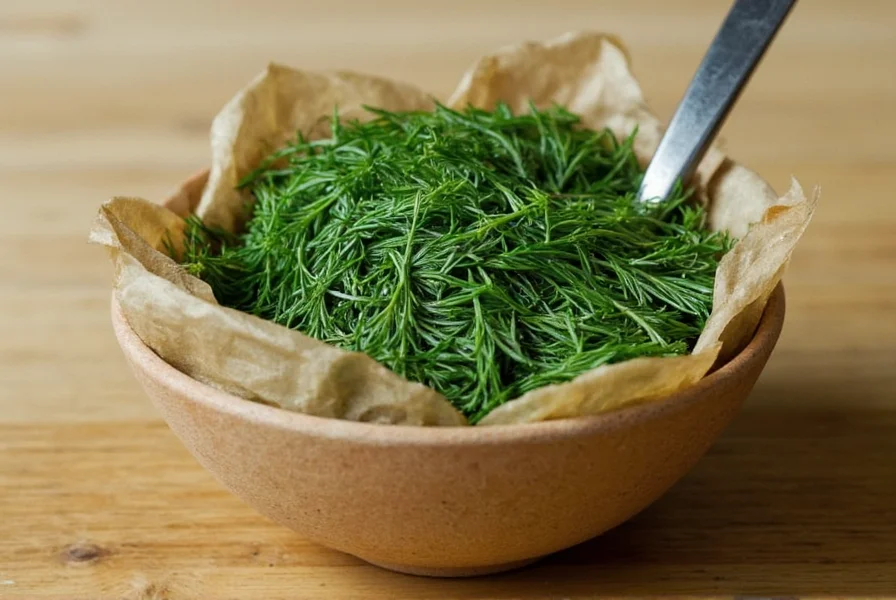
3. Dill Potato Salad
A refreshing twist on a classic side dish. Mix boiled potatoes with dill, mayonnaise, mustard, and onions.
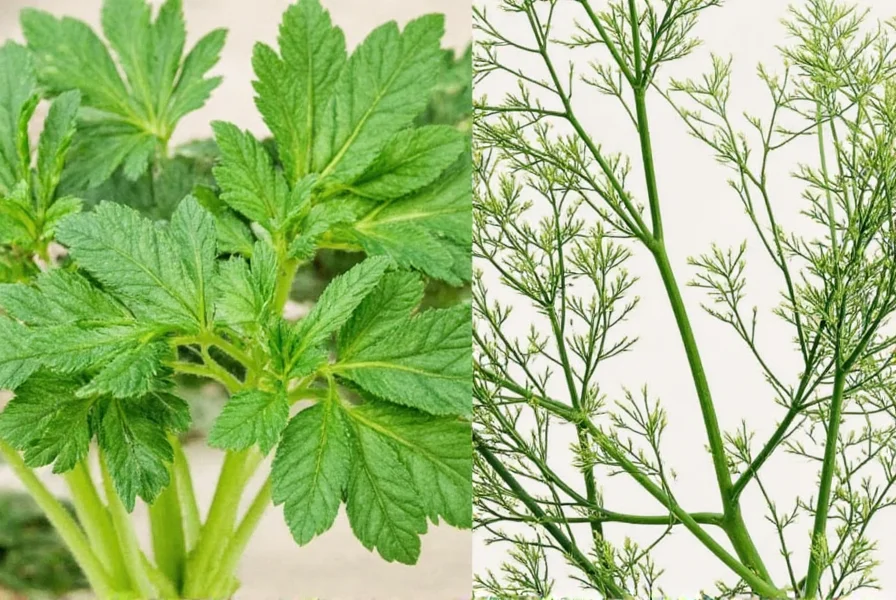
Frequently Asked Questions About Dill Weed
What's the difference between dill weed and dill seed?
Dill weed refers to the feathery leaves of the dill plant, while dill seed comes from the flower heads after they've matured. Dill weed has a more delicate, fresh flavor that's slightly citrusy and grassy, while dill seeds have a stronger, more pungent flavor with warm, slightly bitter notes. They're used differently in cooking - dill weed is typically added at the end of cooking or used fresh, while dill seeds are often toasted and used in pickling or bread recipes.
How do I store fresh dill to make it last longer?
To extend the life of fresh dill, treat it like fresh flowers. Trim the ends of the stems and place them in a jar with about an inch of water. Cover loosely with a plastic bag and store in the refrigerator. Change the water every couple of days. Alternatively, you can wrap the dill in a slightly damp paper towel and store it in a plastic bag in the crisper drawer. Properly stored, fresh dill should last 5-7 days.
Can I substitute dried dill for fresh dill in recipes?
Yes, but with some adjustments. The general rule is that 1 tablespoon of fresh dill equals 1 teaspoon of dried dill, as dried herbs are more concentrated. However, keep in mind that dried dill has a different flavor profile - it's less citrusy and more earthy than fresh dill. For best results, add dried dill earlier in the cooking process to allow its flavors to infuse, while fresh dill should be added near the end of cooking.
What are the health benefits of dill weed?
Dill weed contains several beneficial compounds including flavonoids, vitamin C, and calcium. It has antioxidant properties and may help with digestion, as it's been traditionally used to soothe upset stomachs. Dill also contains small amounts of manganese, iron, and vitamin A. Some studies suggest dill may have antimicrobial properties and could potentially help regulate blood sugar levels, though more research is needed in these areas.
What foods pair well with dill?
Dill pairs exceptionally well with fish and seafood, particularly salmon, trout, and shrimp. It's also excellent with potatoes, eggs, cucumbers (in tzatziki or pickles), yogurt, sour cream, lemon, garlic, and vinegar-based dressings. In Eastern European cuisine, it's commonly used with beets and in borscht. Dill complements other herbs like parsley, chives, and tarragon, but use these combinations sparingly as dill has a distinctive flavor that can dominate other herbs.
Can I grow dill weed at home?
Absolutely! Dill is relatively easy to grow in containers or garden beds. It prefers full sun and well-draining soil. Sow seeds directly in the ground after the last frost, as dill doesn't transplant well due to its long taproot. Keep the soil moist but not waterlogged. Dill grows quickly and will be ready for harvesting in about 6-8 weeks. For continuous harvest, plant new seeds every few weeks throughout the growing season. Note that dill can self-seed readily, so you may find volunteer plants the following year.
Conclusion
Dill weed herb is a versatile and flavorful addition to any kitchen. Whether you're using it in a simple salad or a complex sauce, its unique taste can elevate your meals in unexpected ways. By understanding how to use, store, and buy dill, you can make the most of this wonderful herb.
So next time you're in the spice aisle, don't forget to grab a bunch of dill weed herb—it just might become your new favorite ingredient.
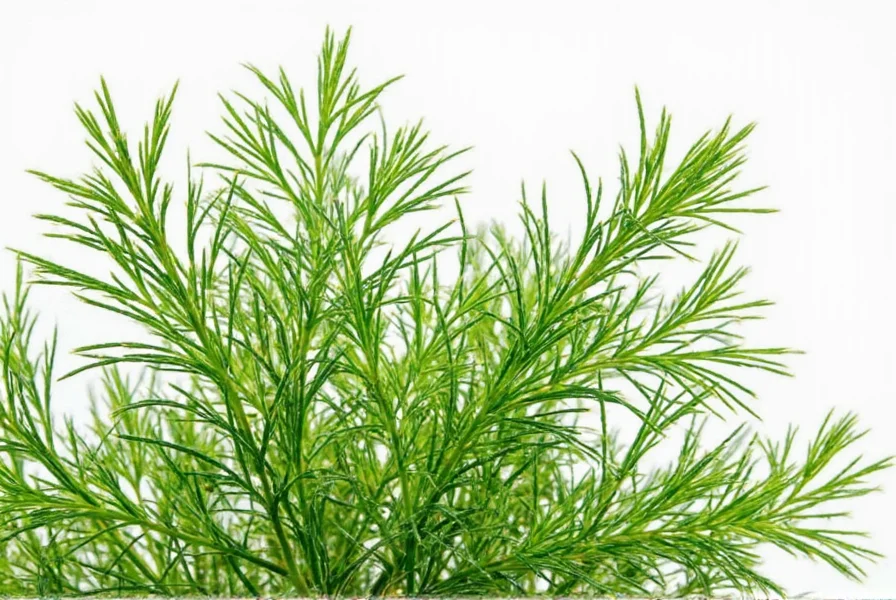

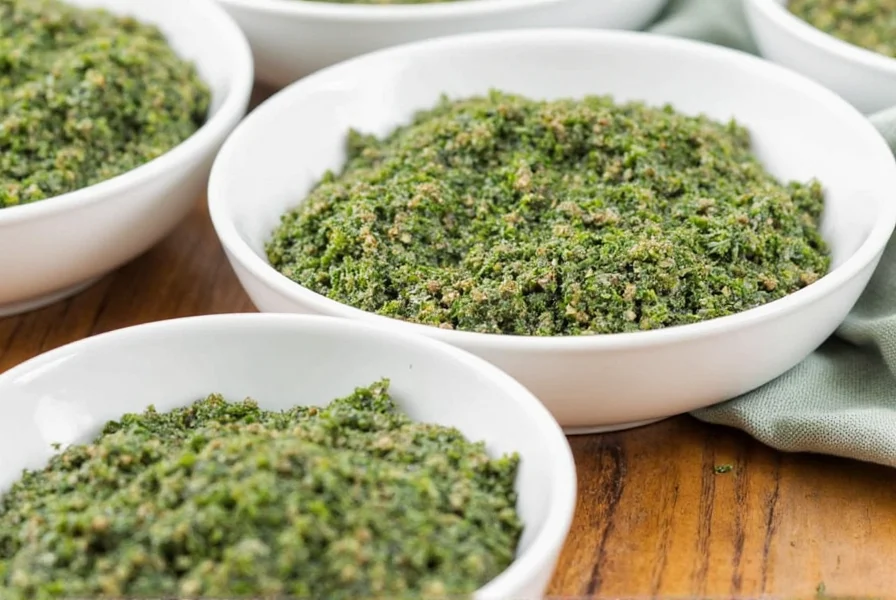









 浙公网安备
33010002000092号
浙公网安备
33010002000092号 浙B2-20120091-4
浙B2-20120091-4